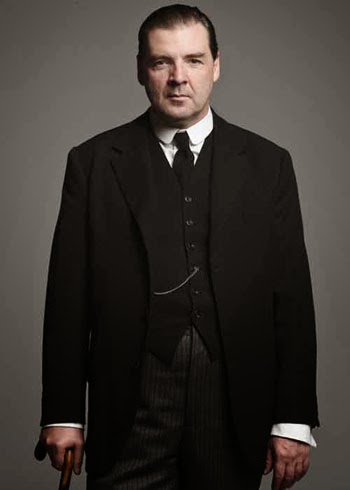The Boer War was a conflict between the British and the settlers who had gone to Africa to start colonies. There were two republics that made up the Boer nation. They were the Orange Free State and the Transvaal Republic. The Boer War was fought in two parts. The first part dealt with sovereignty. The African settlers wanted to protect themselves from British Invasion. The British were defeated in this first conflict. The second part of the war was very long. The use of guerrilla warfare and concentration camps was common during this conflict. The most famous raid was the Jameson Raid. It occurred before the conflict ever began. The goal was to start an uprising among British workers. This raid however was unsuccessful. Many historians believe this is what provoked the British to fight. The war probably could have ended after the sovereignty dispute, but this was not the case however. The Boers that fought were Christian. They had come to Africa to spread Christianity. Many of these people did not like the idea of fighting against fellow Christians. The British had the upper hand in this skirmish. They were led by Robert Baden-Powell. The goal of the British was simply to stop the Boer offensive, led by Paul Kruger. They were successful, and so began their offensive assault. After a few years of fighting both sides realized that they were getting no where. They decided to practice guerrilla warfare, with an emphasis on a scorched earth policy. The idea was to destroy everything in their path. Unlike in the Civil War, the British and the Boers were not targeting individual people, they were targeting everything. The scorched earth policy also led to the rise of concentration camps. Individuals who were captured were taken to these camps and tortured until they died, or were close to death. These camps were nothing compared to the ones the Nazi's built during World War II. The Boer war ended in 1902, the result was the creation of South Africa. This war is forever known as the Great War in Britain. The Boer War has also been referenced in pop culture. The most notable reference has been in the PBS drama series Downton Abbey. Lord Robert Grantham (Hugh Bonneville) and his footman John Bates (Brendan Coyle) fought alongside each other during the Boer War. Bates was even wounded. The Boer War is vital to our understanding of world history.
Above is a picture of Paul Kruger leader of the Boers.
Above is a picture of Robert Baden-Powell leader of the British.
Above is a picture of Downton Abbey's Lord Robert Grantham. Notice he is wearing his uniform from the Boer War. Look at the similarities between his uniform, the one in the painting above, and the one Robert Baden-Powell has on.
Above is a picture of Downton Abbey's John Bates.
Stay tuned for more blog posts about tales from Tennessee and beyond.


.png)



































